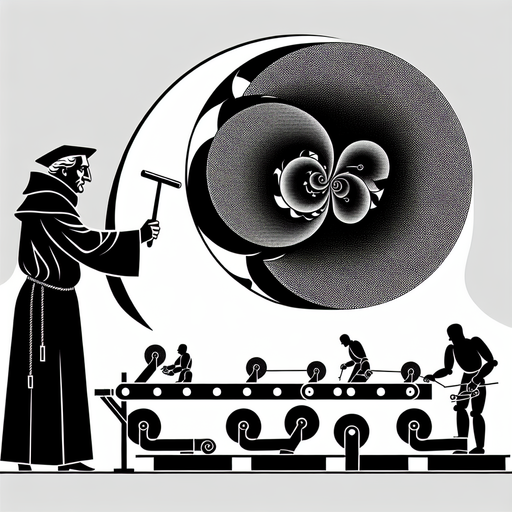How User Experience Design Revolutionized Vertical Transportation
Elevators are a common sight that most people encounter when navigating large buildings. People are accustomed to calling an elevator, entering, selecting a floor, and proceeding on their way. However, the sense of safety and ease we associate with operating an elevator was not always the case. In fact, it serves as one of the earliest examples of user experience design with machines at scale.
Before modern elevators, they required attendants to manually operate levers and controls, making rides both slow and labor-intensive. This changed in 1945, during a major strike in New York City when 15,000 elevator operators, doormen, porters, and maintenance workers walked off the job in commercial buildings. The strike caused over $100 million in economic losses, forcing building owners to explore alternatives.
The Otis Group was ready for this moment with its Autotronic elevator series. These elevators could change speeds, adjust schedules to meet traffic demands, and bypass floors when fully loaded, reducing waiting times. Attendants no longer needed to manage every aspect of the ride—they simply registered floor calls and initiated door closures. Then, in 1950, Otis introduced a groundbreaking feature: electronic door sensors that could detect people, preventing doors from closing on them. This allowed the installation of the first fully automated elevator in the Atlantic Refining Building in Dallas.
By the 1970s, most elevators operated without human attendants, effectively rendering the profession obsolete. This transformation highlights how something that feels so natural to us today—feeling safe and secure in an elevator—was the result of years of incremental changes and user experience improvements before it became mainstream.
Craving more? Check out the source behind this Brain Snack!


